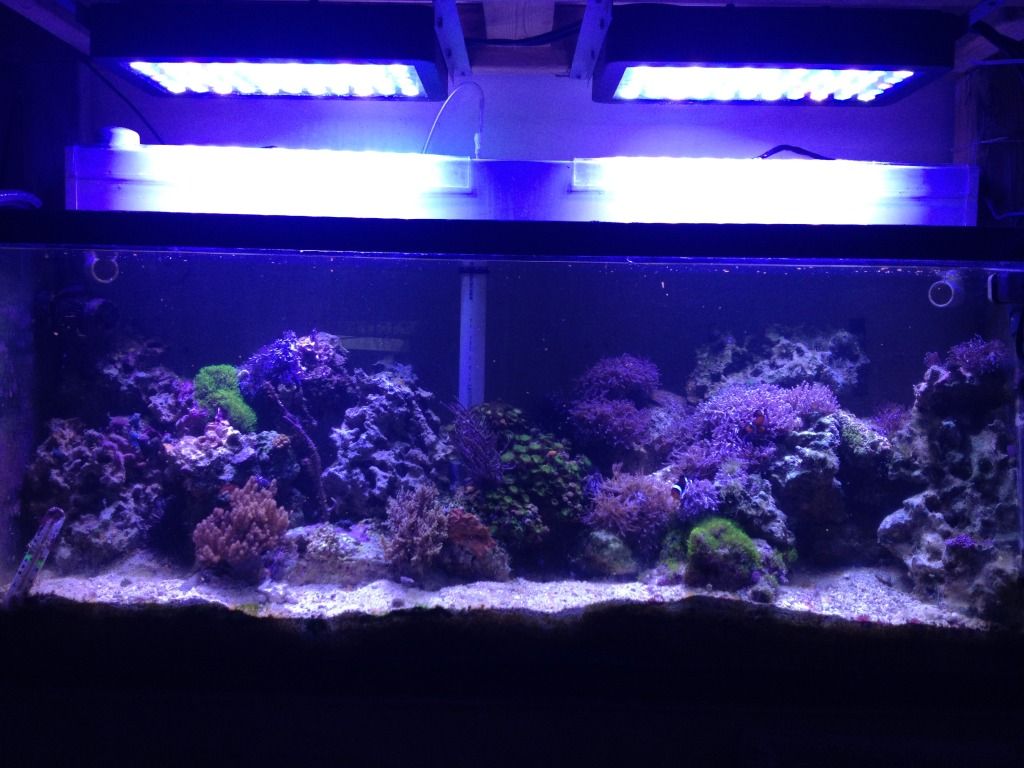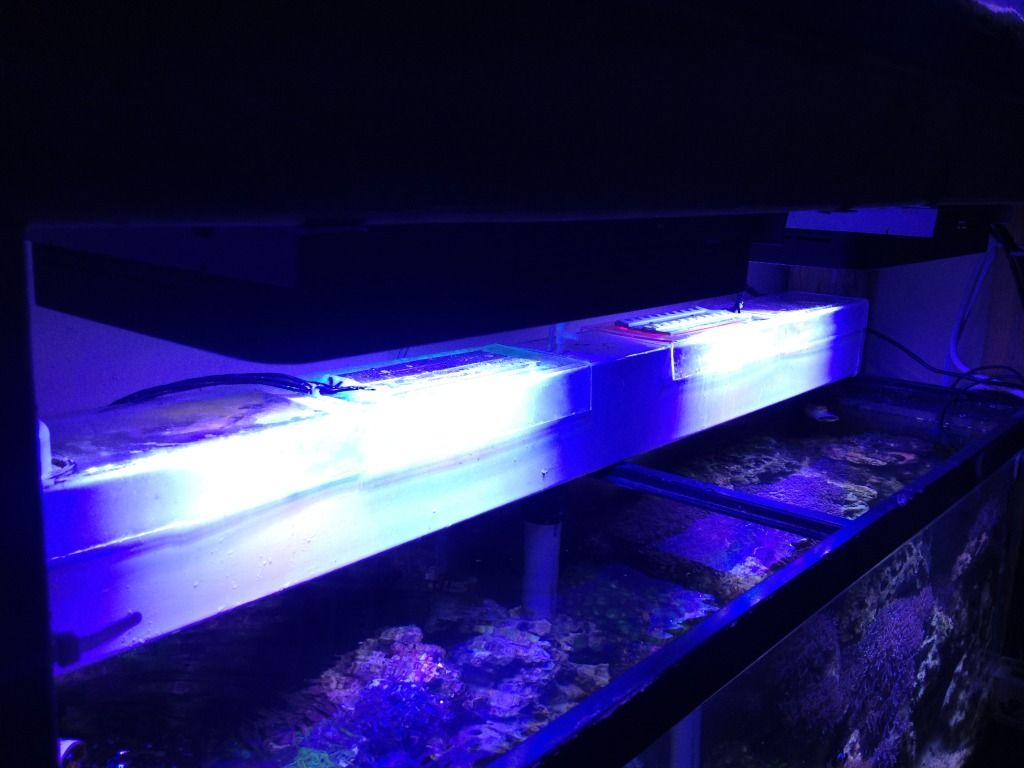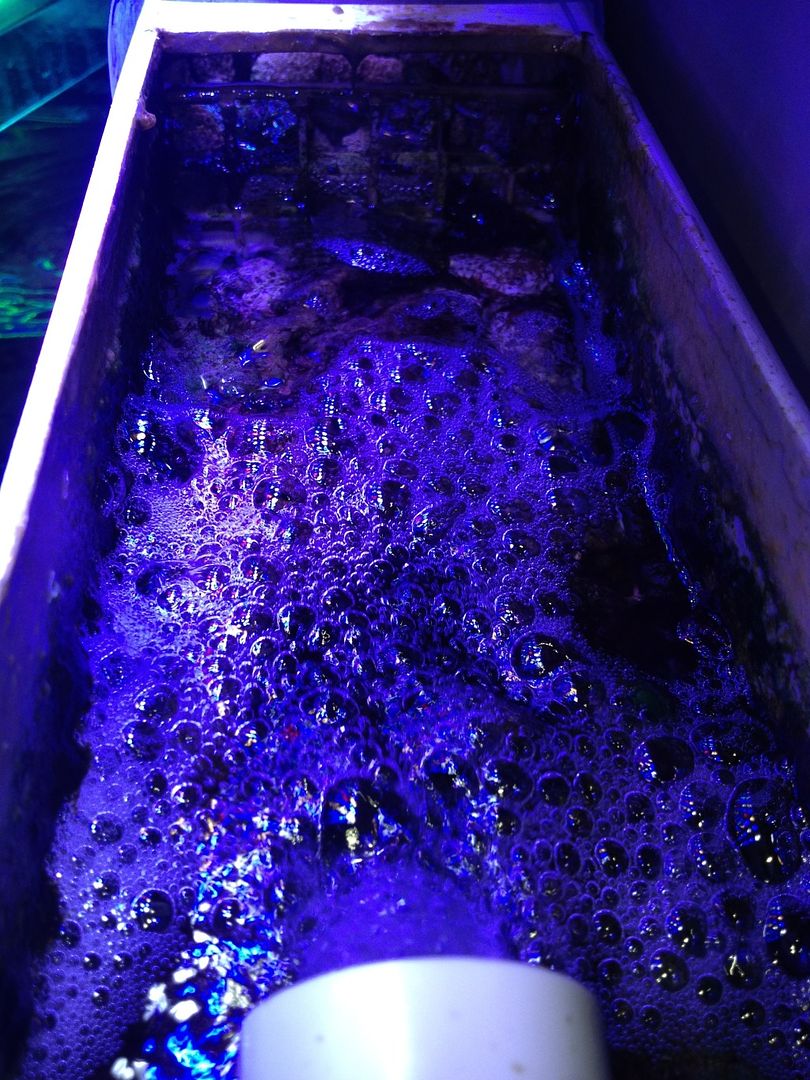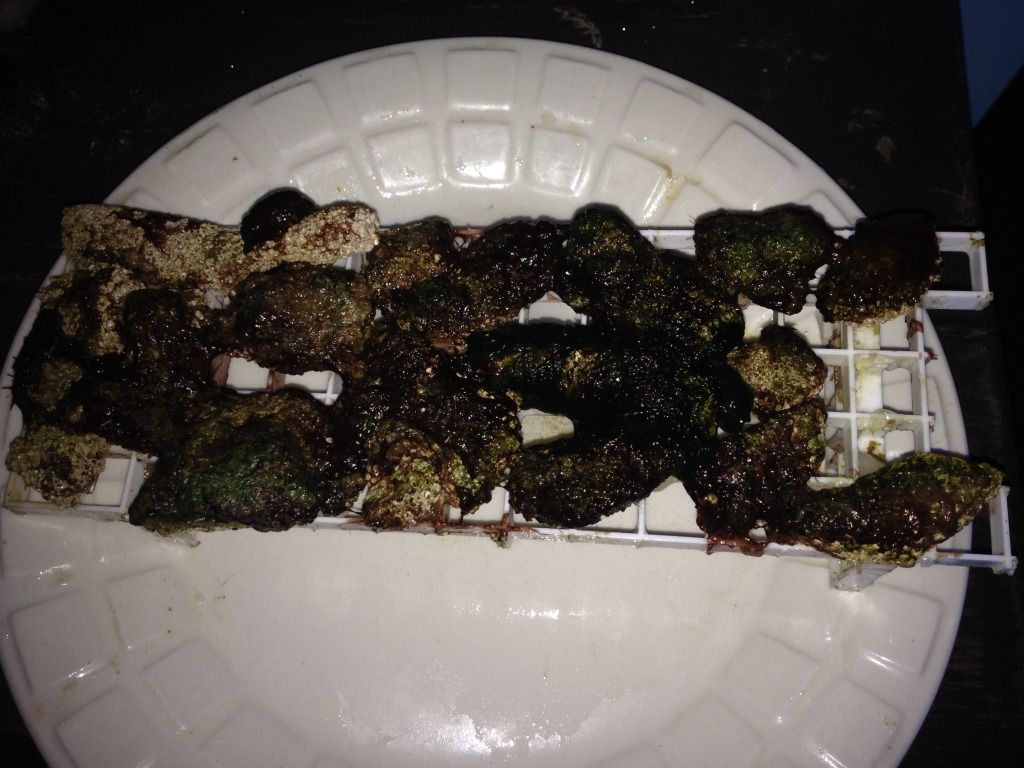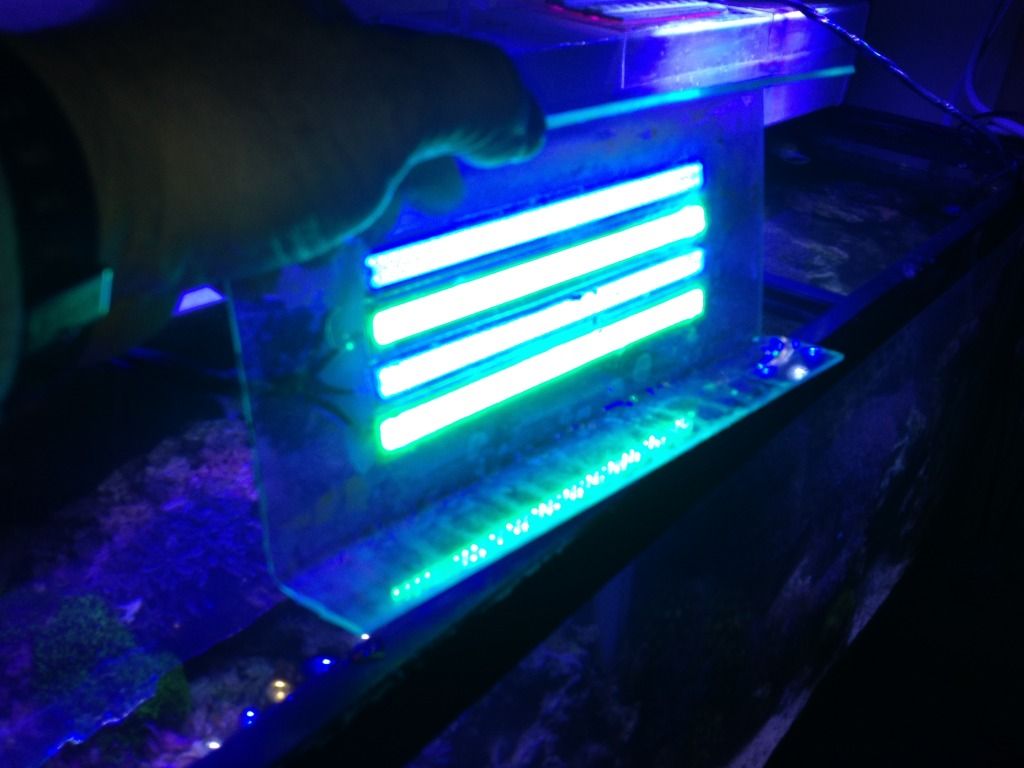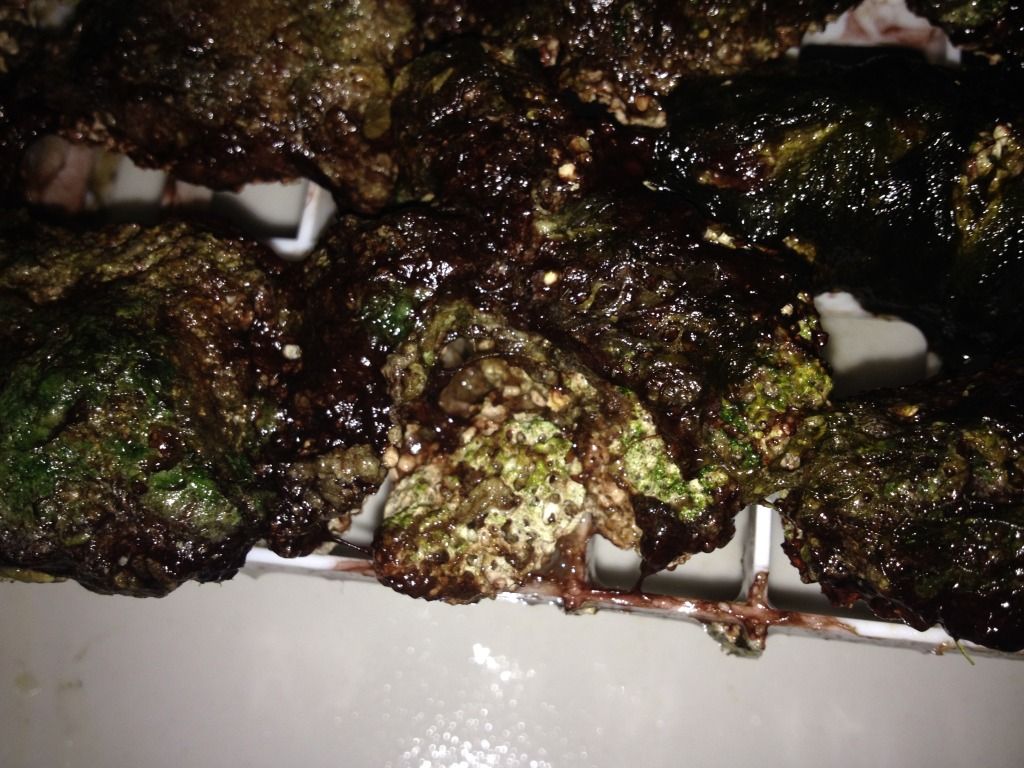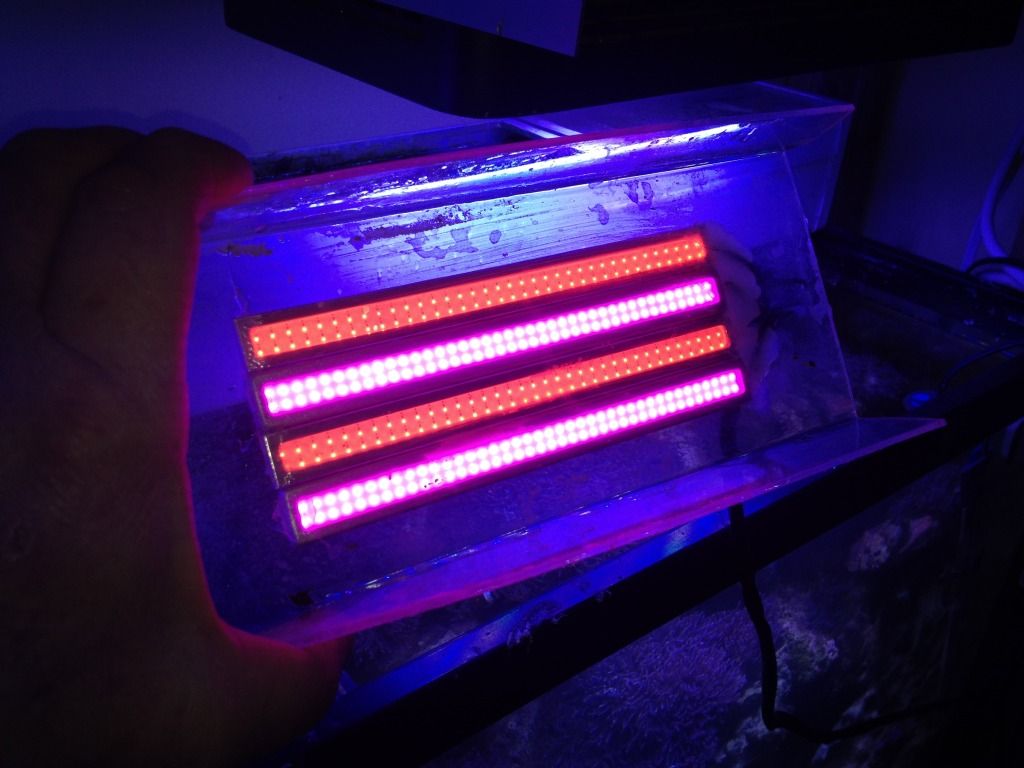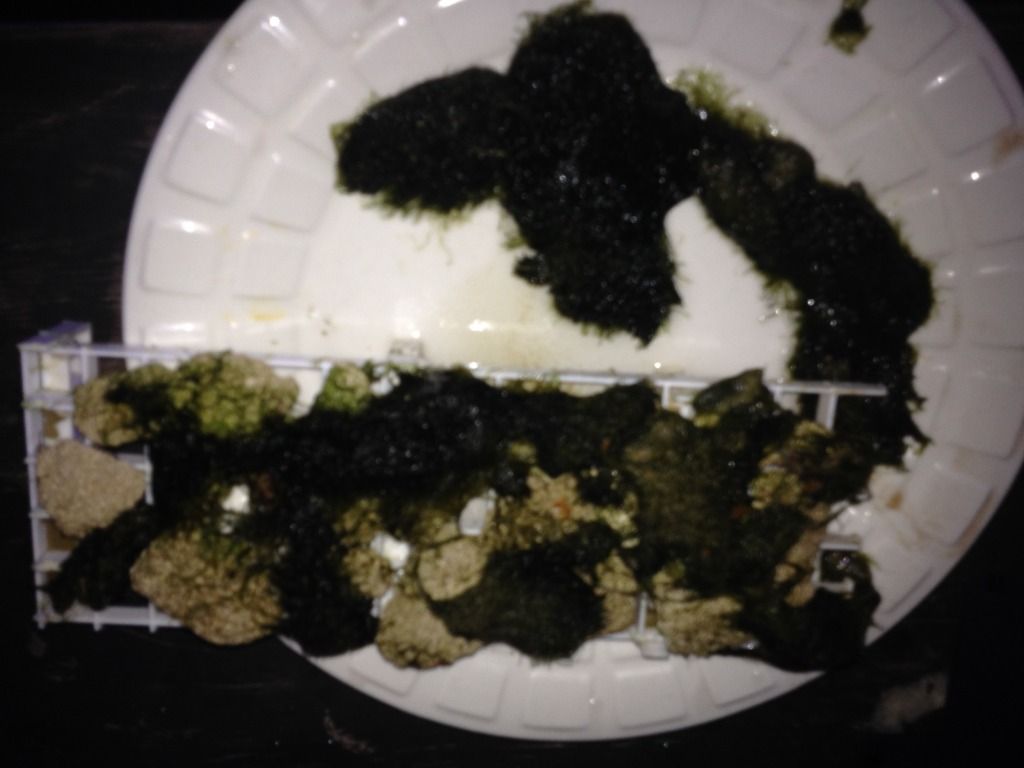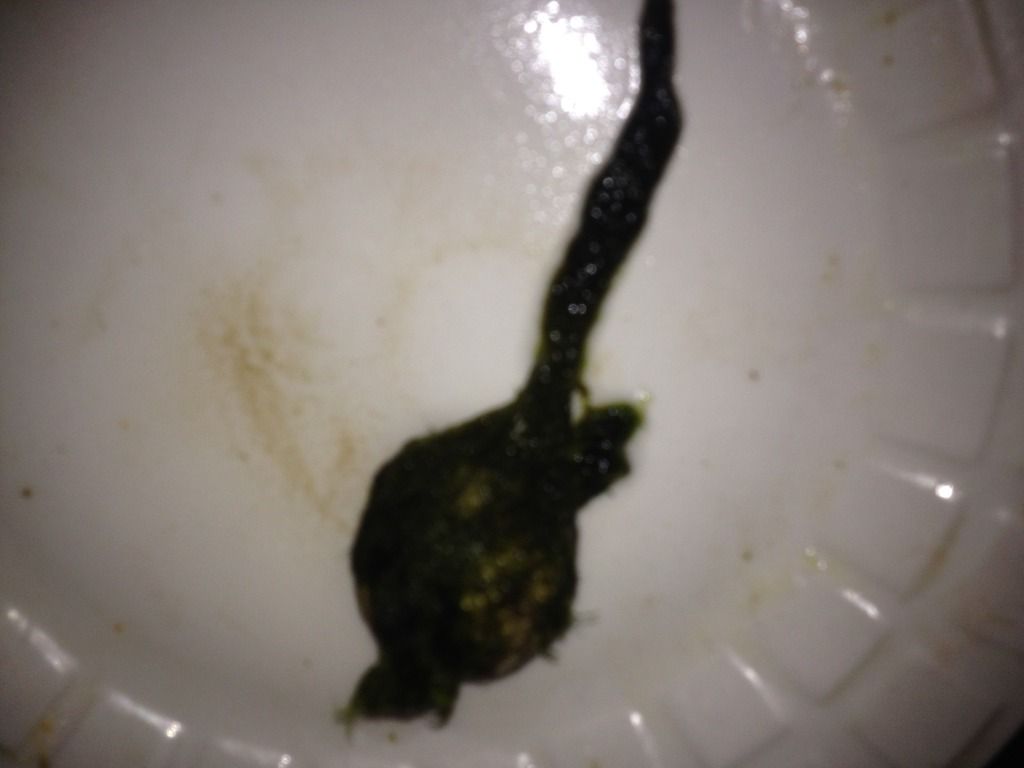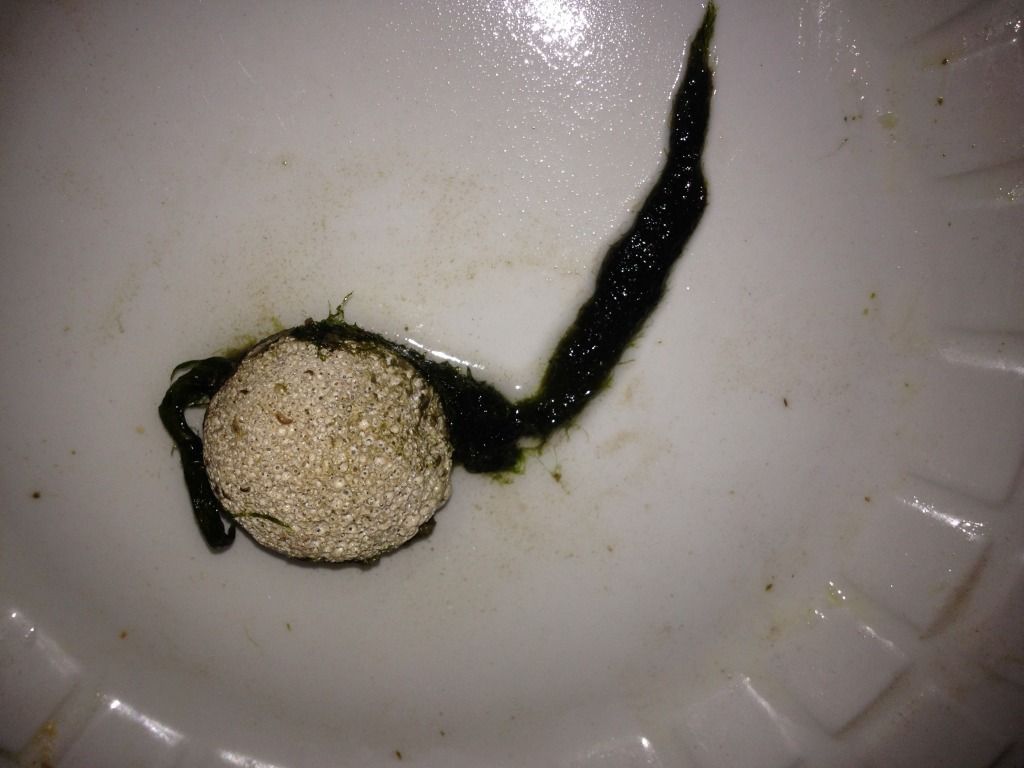I've been playing with algae scrubbers for a few years now, and have built about two dozen dedicated and more than a couple of hybrids. I started with a converted HOB AquaClear filter, which worked to a degree. I've built and tried almost every iteration of lights, collector materials, scrubber configurations, you name it. I'm retired, so I have plenty of time to tinker. I've also kept saltwater since the early 1970's, and have literally tried every type and style of filtration ever imagined in the last four+ decades. Currently, I'm running 3 tanks using only this design scrubber. No skimmers, no sumps, no complicated anything. One is a 55, one is a 33 long, running as reef tanks, and a 40 breeder running as a frag farm.
As a result of research conducted by myself, the academic community, and on boards like this, I have arrived at what is, for me, an optimal design. Over the next couple of days I'll be building one for a friend's 120 gallon. One of the game changers for all of us that use scrubbers have been LED's. Again, I've explored dozens of both pre-built and custom built arrays. I've also tried various wave lengths and intensities to determine what worked best for me. eBay has been my primary source for these Chinese made LED's, dimmers, controls and the like. Designing and building these arrays have taught me a lot, and I'm always monitoring new iterations of LED designs. I recently ran across something that has been a game-changer in my builds. In the grand tradition of re-purposing stuff carried on by aquarists since time began, I'm using COB (chip on board) LED's manufactured and intended to be used as Daytime Running Lights for automobiles. They are CHEAP, reliable, and easy to adapt to my scrubber builds. I think that anyone considering a DIY build should consider these puppies. They can be found in every needed color (wavelength) to build out a scrubber. By combining various colors and numbers of COB LEDs, I have found them to have several advantages:
1. They are dimmable.
2. They require minimal heat-sinking.
3. They are in the correct wattage range for most any scrubber.
4. They run on 12v. I'm using re-purposed wall wart type power supplies salvaged from an electronics recycler I know.
5. They are, for the most part, water-proof. I'll show in the build-out photos what has to be done to make that 100%
6. Compared to every other fixture or DIY setup, they are the cheapest, most economical way to go.
They do require a little modification to be used, but that's related to the electrical connections.
Here are the links to the ones I have found to be useful.
http://www.ebay.com/itm/111434973041...%3AMEBIDX%3AIT
http://www.ebay.com/itm/111434978016...%3AMEBIDX%3AIT
http://www.ebay.com/itm/141797004300...%3AMEBIDX%3AIT
http://www.ebay.com/itm/191284455766...%3AMEBIDX%3AIT
I have a set of them to be delivered tomorrow for this build. I'll keep posting this week as I build it. If anyone out there likes what I've designed, they will be available as either a DIY kit or complete units in the next few months.



 Reply With Quote
Reply With Quote
